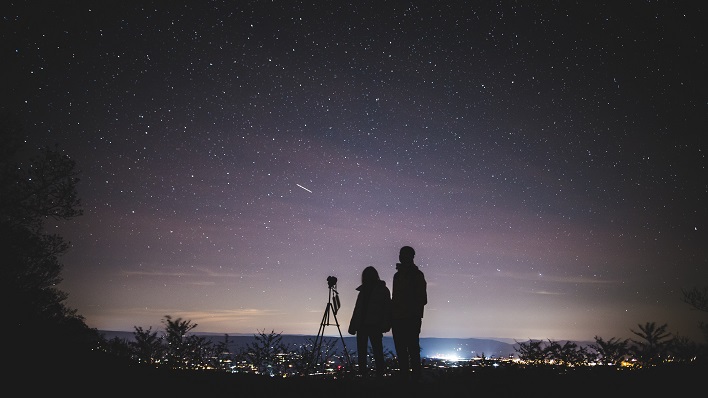August Astronomy Events Will Bring Spectacular Meteor Showers, Supermoon And More

Sky gazers have a full slate of celestial events to fill their nights with, as the last of the warm summer nights will near a close in August. Starting off the show will be the month's first full moon, known as the Sturgeon Moon, on August 1, 2023. While it is expected to reach its peak brightness at 2:32pm ET, those with clear skies should be able to catch a glimpse of the Sturgeon Moon rising in the southeast after sunset.
Filling in the gap throughout the month will be the peak of the Perseids meteor shower. This particular gala of shooting stars is only outperformed by the Geminids in mid-December. The Perseids will reach a strong maximum on August 12th through the early morning hours of the 13th. The peak is expected to peak a few days before the new moon on August 16, 2023, providing a dark sky for making as many wishes on falling stars as possible.
On August 27, 2023, Saturn will reach a point in its orbit that will place it directly opposite the sun from the perspective of the Earth. It will also be around the same time that the giant ringed planet is closest to Earth. This combination means that Saturn will radiate brightly in the night sky. While there will not be any need to view Saturn with the aid of a telescope during this time, most telescopes will be able to provide enough magnification for those peering through them to see the planet's iconic rings.
Closing out the month will be a breathtaking Blue Moon. The name Blue Moon is most often attributed to the second full moon when there are two in a single month. It is expected to reach its peak at 9:36pm ET on August 30, 2023. It will also be the closest, largest, and brightest full supermoon of 2023 when Earth's natural satellite will be just 222,043 miles from Earth. The next time a full supermoon will be closer is November 5, 2025, when it will be a mere 221,817 miles from Earth.

